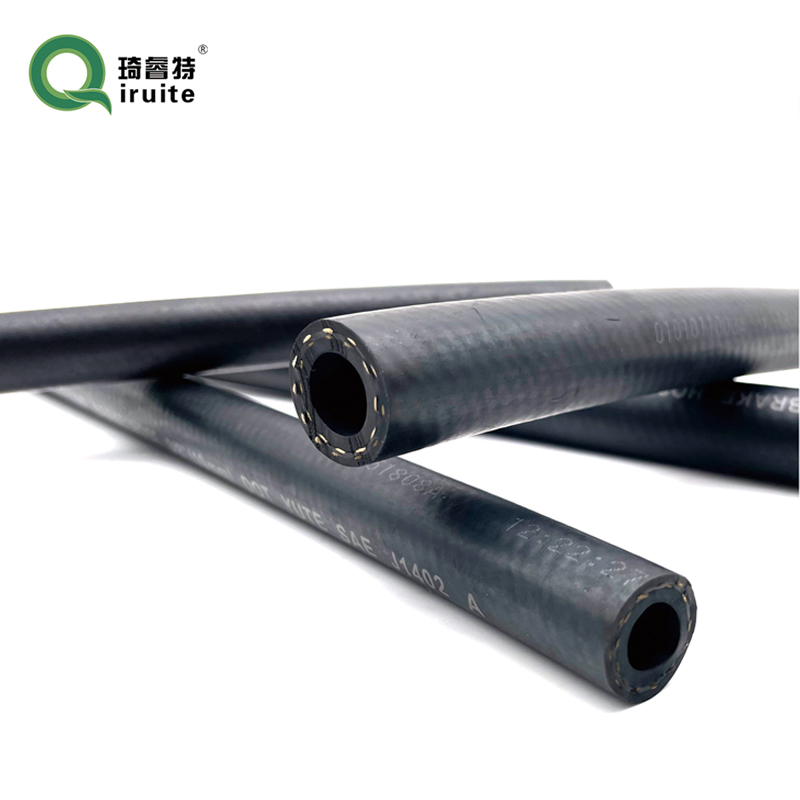Steps to Successfully Replace a Power Steering Hose in Your Vehicle
Replacing a Power Steering Hose A Step-by-Step Guide
Power steering is an essential component of modern vehicles, allowing drivers to maneuver their cars with ease. However, like any mechanical part, components of the power steering system can wear out over time. One of the common issues is a leak in the power steering hose. If you notice signs of power steering fluid leaking, it might be time to replace your power steering hose. This article will guide you through the process.
Understanding the Power Steering Hose
The power steering hose is responsible for transferring pressurized fluid from the power steering pump to the steering gear. Typically made from rubber or reinforced materials, these hoses can degrade or develop cracks due to age, heat, and exposure to various environmental elements. If the hose leaks, it can lead to a loss of steering power, making it difficult to control your vehicle.
Signs of a Worn Power Steering Hose
Before you embark on replacing the hose, it’s crucial to recognize the signs of failure. Common indicators include
- Fluid spots Puddles or wet spots under your car where you park could indicate a leak. - Steering difficulties If the steering becomes stiff or unresponsive, it may be due to low fluid levels caused by a leak. - Unusual noises A whining or groaning noise when turning can suggest the power steering pump is working harder due to insufficient fluid.
Tools and Materials Needed
To replace a power steering hose, you will need several tools and materials
- A new power steering hose (specific to your vehicle model) - A wrench set - A socket set - Screwdrivers - A fluid catch pan - Power steering fluid - Rags for cleanup - Safety gloves and goggles
Step-by-Step Replacement Process
Step 1 Prepare Your Vehicle
Start by parking your car on a flat surface and turning off the engine. Engage the parking brake to ensure that the vehicle doesn’t move during the repair. Allow the engine to cool completely before proceeding.
replacing a power steering hose

Step 2 Locate the Hose
Open the hood and locate the power steering pump. The power steering hose connects this pump to the steering gear. Depending on your vehicle, you may need to access it from under the vehicle as well.
Step 3 Drain the Power Steering Fluid
Place a fluid catch pan underneath the power steering reservoir. Use a wrench to loosen the hose clamps securing the hose to the pump and steering gear. Carefully disconnect the hose, allowing any remaining fluid to drain into the pan.
Step 4 Remove and Replace the Hose
Once the old hose is disconnected, remove it completely from its mounting brackets or clips. Take the new power steering hose and install it in the same position. Make sure it’s firmly connected to both the pump and steering gear.
Step 5 Refill Power Steering Fluid
Before starting the engine, refill the power steering reservoir with fresh power steering fluid. Ensure you use the type recommended in your vehicle’s manual.
Step 6 Test for Leaks
Start the engine and turn the steering wheel from lock to lock a few times. This helps circulate the fluid through the system. Check for any leaks around the new hose connection. If everything looks good, wipe up any spilled fluid and close the hood.
Conclusion
Replacing a power steering hose is a manageable task for many DIY enthusiasts. With the right tools and a bit of patience, you can save money on labor costs and ensure your vehicle runs smoothly. However, if you encounter any complications or aren't comfortable with the process, seek professional help. A functional power steering system is crucial for your safety and driving comfort. Regular maintenance checks can help you avoid such repairs in the future.
-
Ultimate Spiral Protection for Hoses & CablesNewsJun.26,2025
-
The Ultimate Quick-Connect Solutions for Every NeedNewsJun.26,2025
-
SAE J1401 Brake Hose: Reliable Choice for Safe BrakingNewsJun.26,2025
-
Reliable J2064 A/C Hoses for Real-World Cooling NeedsNewsJun.26,2025
-
Heavy-Duty Sewer Jetting Hoses Built to LastNewsJun.26,2025
-
Fix Power Steering Tube Leaks Fast – Durable & Affordable SolutionNewsJun.26,2025

